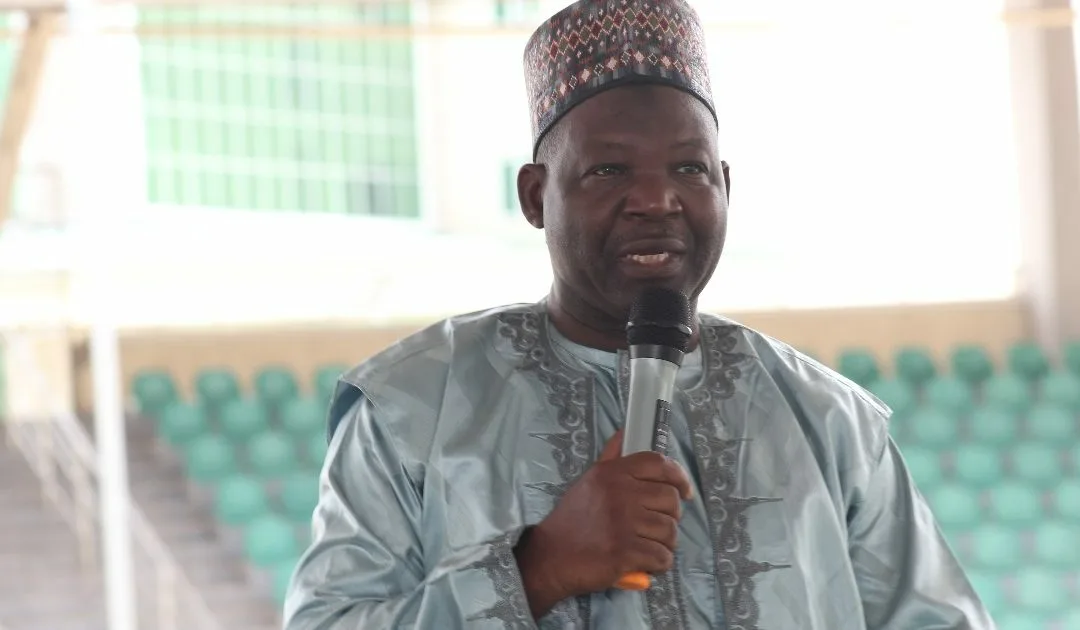THE GUARDIAN
• Registration still 32% short of World Bank’s 148m June target
• Insecurity defies NIN-SIM linkage as kidnapping festers
• Experts want FG to fix economy, create jobs to curb insecurity
Despite efforts made to close the gap, the disparity between the number of issued National Identification Numbers (NINs) and the country’s population figure remains extreme, raising concerns about the country’s ability to meet crucial milestones.
This comes as the NIN enrolment figure and distribution pattern raise questions on the credibility of the population estimates, which the National Population Commission (NPC) pegged at near 218 million last year.
Some experts have begun to doubt if the country’s actual population has not been overestimated, especially with childbirth control adoption gaining traction in the southern part of the country in recent years and the north still holed up in high infant mortality.
As of December, there were 104.16 million issued NINs, a figure that is less than 50 per cent of the estimated population of the country. This suggests that there is still a gap of 113.8 million.
Identity management, with its ability to include broad segments of the population, is considered a critical infrastructure for nation-building and economic planning.
Indeed, the quest for accurate and comprehensive data on key identification systems has become important in Nigeria’s rapidly evolving digital landscape. Today, various investments have gone into disparate data-capturing processes in the country, including Bank Verification Number (BVN), National Identification Number (NIN), voter registration, SIM registration, passport issuance and driver’s licence registration.
With moves to sync the disparate data into one harmonised form in the heart of governance, the country has been unable to close the gap between NIN registration and the population figure.
Some experts have drawn a link between the country’s rising insecurity and poor documentation of citizens, a problem NIN was created to address.
The slow penetration of the programme is raising some concern. The lead agency promoting the initiative – the National Identity Management Commission (NIMC) – would need to work much harder to meet, for instance, the World Bank’s 148 million target set for June 2024. It would register close to half of the already-registered population to meet the target.
Aside from issuing NIN to 148 million Nigerians by 2024, the World Bank listed other targets to include the issuance of NIN to at least 65 million female Nigerians by June 1, 2024, as well as 50 million NIN to children under-16 years of age.
But as of December 2023, NIMC has issued NINs to 45 million women and 59.1 million men. The Commission has not come out with the number of identification numbers issued to children, especially under 16 years.


